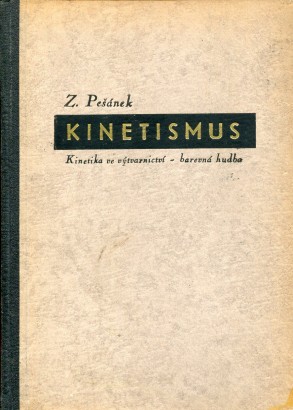Timothy Morton: Ecology Without Nature: Rethinking Environmental Aesthetics (2007)
Filed under book | Tags: · aesthetics, animal, art, capitalism, ecocriticism, ecology, environment, kitsch, music, nature, object, phenomenology, philosophy, rhetoric, romanticism, sound

“In Ecology without Nature, Timothy Morton argues that the chief stumbling block to environmental thinking is the image of nature itself. Ecological writers propose a new worldview, but their very zeal to preserve the natural world leads them away from the “nature” they revere. The problem is a symptom of the ecological catastrophe in which we are living. Morton sets out a seeming paradox: to have a properly ecological view, we must relinquish the idea of nature once and for all.
Ranging widely in eighteenth-century through contemporary philosophy, culture, and history, Morton explores the value of art in imagining environmental projects for the future. Morton develops a vocabulary for reading “environmentality” in artistic form as well as content, and traces the contexts of ecological constructs through the history of capitalism. From John Clare to John Cage, from Kierkegaard to Kristeva, from The Lord of the Rings to electronic life forms, Ecology without Nature extends the view of ecological criticism. Instead of trying to use an idea of nature to heal what society has damaged, Morton sets out a new form of ecological criticism: “dark ecology.””
Publisher Harvard University Press, 2007
ISBN 0674024346, 9780674024342
249 pages
Reviews: Keegan (Studies in Romanticism, 2008), Philips (Oxford Literary Review, 2010), Holmes (Journal of Ecocriticism, 2012).
PDF (updated on 2012-10-31)
Comment (0)Zdeněk Pešánek: Kinetismus: Kinetika ve výtvarnictví – barevná hudba (1941) [Czech]
Filed under book | Tags: · abstract cinema, art, avant-garde, film, kinetic art, light, light art, sound, visual music

Zdeněk Pešánek (1896-1965) was one of the most inventive and original Czech sculptors of the 20th century, who pioneered experiments in light- and kinetic sculptures. His works, highly abstract and biomorphic, made use of neon and incandescent lighting as part of the sculptural elements. He also was a designer for both architectural and interior structures, and worked with the fusion of light and music, developing the use of “clavieres a lumieres” and light-organs. His aesthetic was more informed by sound and tonality than visual precedent, and is quite original. At this date almost no sculptures exist in private hands and the public sculptures have been largely damaged or destroyed. The book Kineticism: Kinetics in Fine Arts – Color Music is the only publication in his lifetime in which his theories were given exposition and is his creative credo as well, replete with b/w and color illustrations. Amazingly published during the Nazi occupation.
Edited by Josef Vydra
Publisher: Česká grafická unie, Prague, October 1941
Edice výtvarné výchovy, svazek 8
144 pages
PDF (no OCR, updated on 2013-2-12)
Comments (3)Steve J. Wurtzler: Electric Sounds: Technological Change and the Rise of Corporate Mass Media (2007)
Filed under book | Tags: · acoustics, audience, film, listening, mass media, music, sound, sound recording, wireless networks

Electric Sounds brings to vivid life an era when innovations in the production, recording, and transmission of sound revolutionized a number of different media, especially the radio, the phonograph, and the cinema.
The 1920s and 1930s marked some of the most important developments in the history of the American mass media: the film industry’s conversion to synchronous sound, the rise of radio networks and advertising-supported broadcasting, the establishment of a federal regulatory framework on which U.S. communications policy continues to be based, the development of several powerful media conglomerates, and the birth of a new acoustic commodity in which a single story, song, or other product was made available to consumers in multiple media forms and formats.
But what role would this new media play in society? Celebrants saw an opportunity for educational and cultural uplift; critics feared the degradation of the standards of public taste. Some believed acoustic media would fulfill the promise of participatory democracy by better informing the public, while others saw an opportunity for manipulation. The innovations of this period prompted not only a restructuring and consolidation of corporate mass media interests and a shift in the conventions and patterns of media consumption but also a renegotiation of the social functions assigned to mass media forms.
Steve J. Wurtzler’s impeccably researched history adds a new dimension to the study of sound media, proving that the ultimate form technology takes is never predetermined. Rather, it is shaped by conflicting visions of technological possibility in economic, cultural, and political realms. Electric Sounds also illustrates the process through which technologies become media and the ways in which media are integrated into American life.
Publisher Columbia University Press, 2007
Film and Culture series
ISBN 0231136773, 9780231136778
393 pages
Review (Jonathan Sterne, Cinema Journal, 2008)
Review (Gerd Horten, The American Historical Review, 2008)
Review (Heidi Tworek, H-Net/Jhistory, 2010)
PDF (updated on 2012-8-3)
Comment (0)
